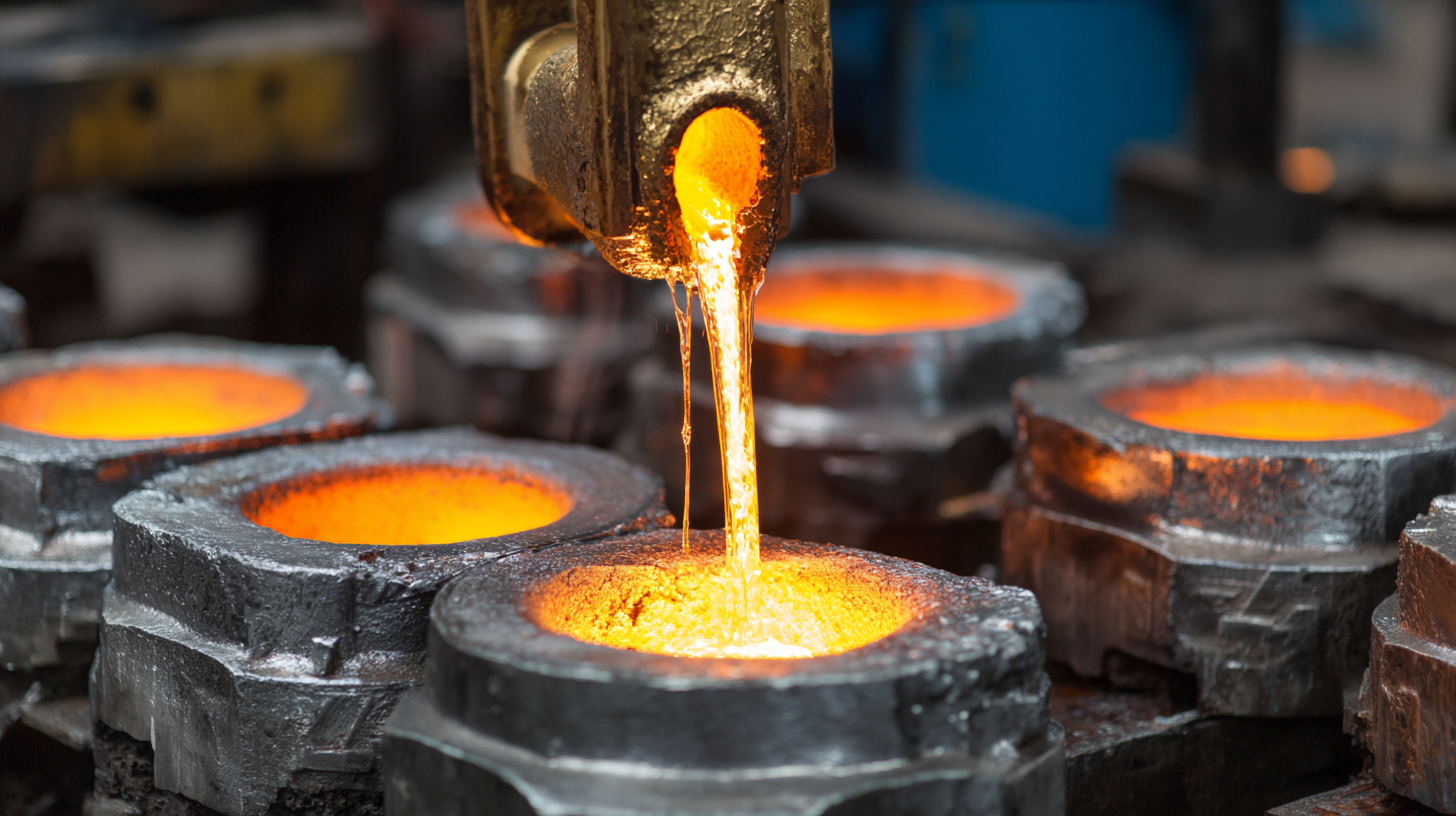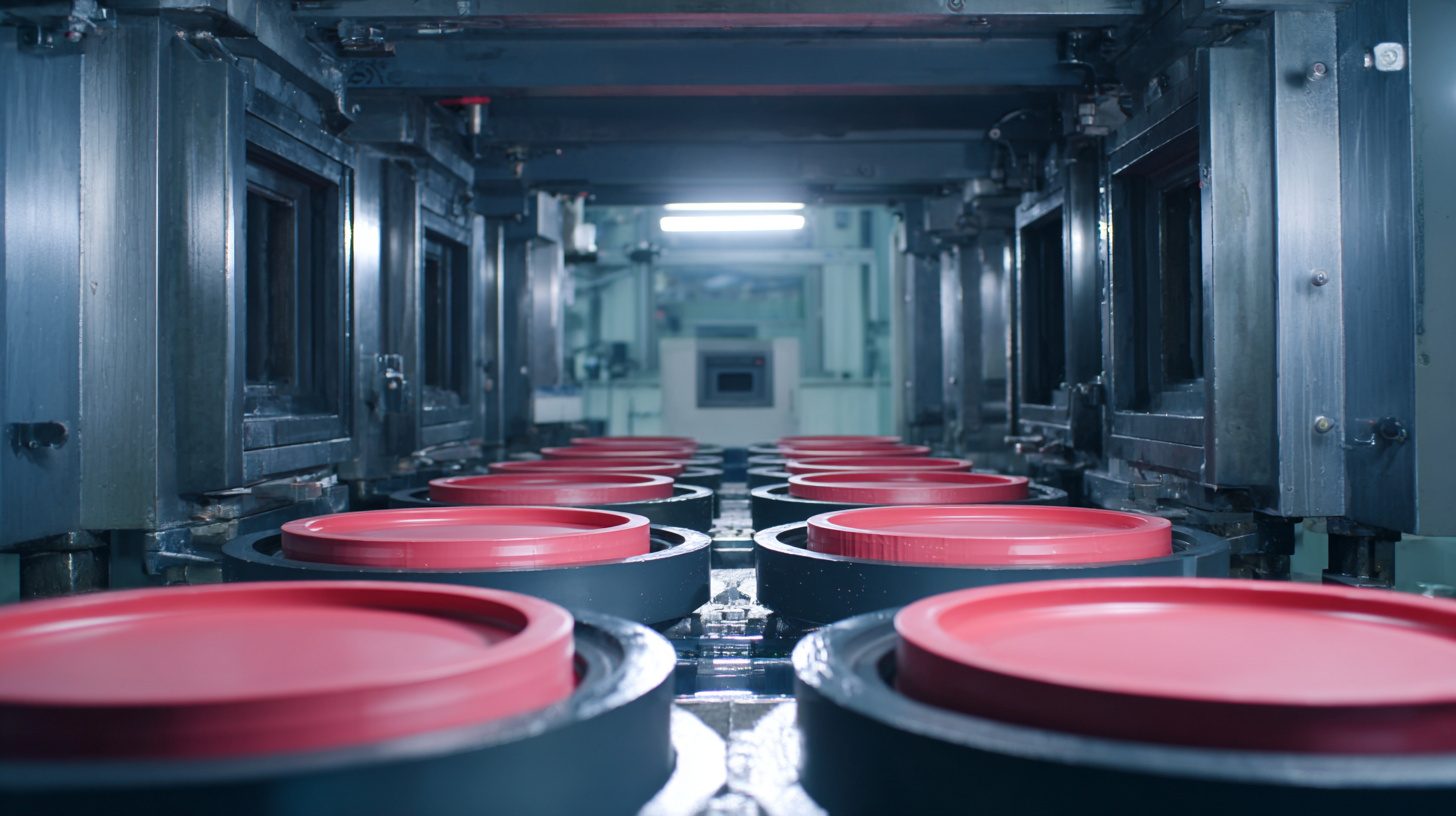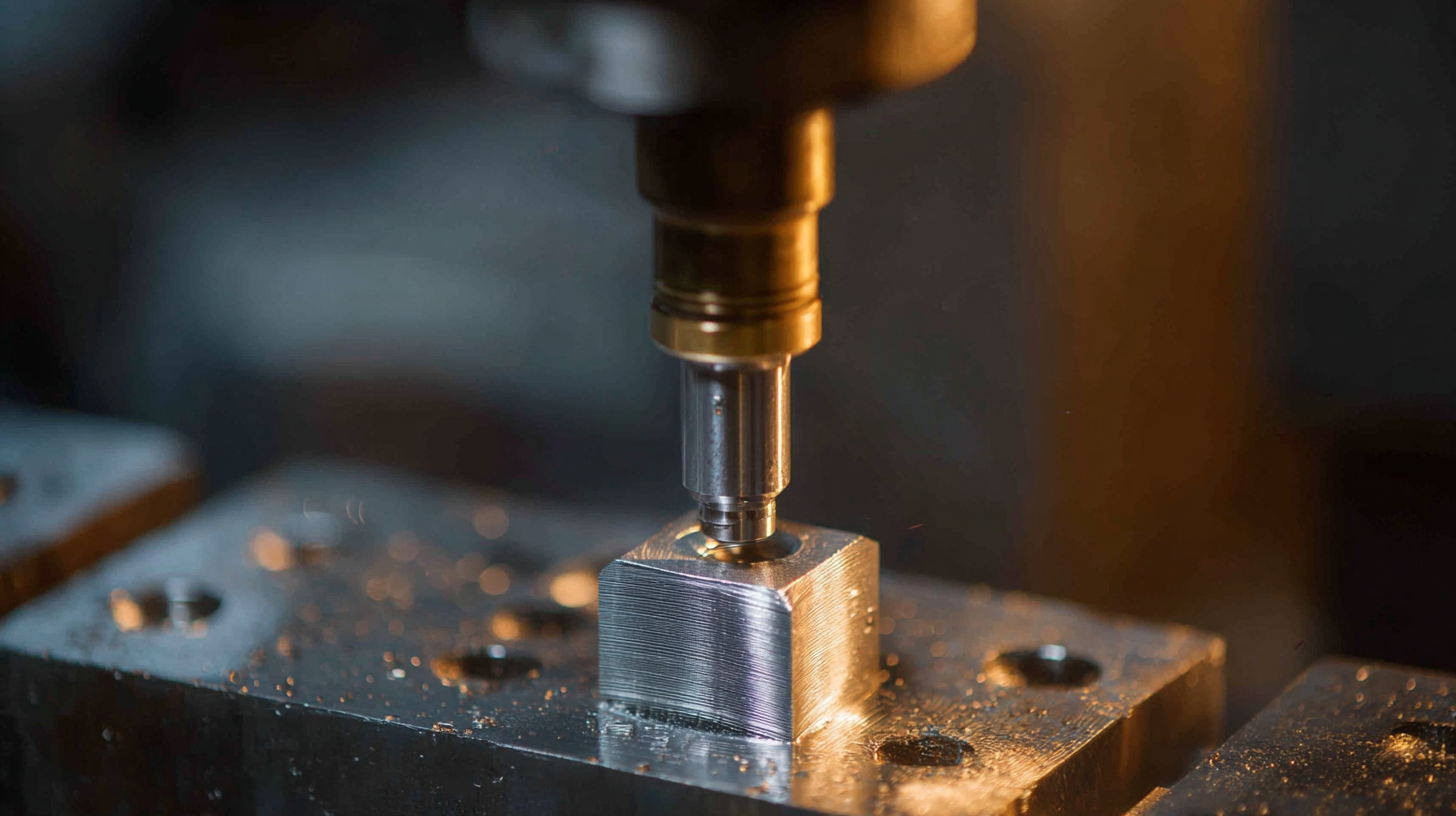 +86 180 0293 5268
+86 180 0293 5268






The adoption of Investment Casting Lost Wax technology in precision manufacturing is poised to revolutionize the industry by 2025, as projected by current market analysis reports. According to a recent study by Research and Markets, the global investment casting market is expected to reach USD 21.71 billion by the end of 2025, reflecting a compound annual growth rate (CAGR) of 5.6%. This advanced casting method not only enhances the dimensional accuracy of complex geometries but also significantly reduces wastage of materials, making it an environmentally friendly option. Additionally, the versatility of Investment Casting Lost Wax allows manufacturers to produce intricate components across various sectors, including aerospace, automotive, and medical devices, driving demand and innovation. As industries increasingly prioritize efficiency and precision, understanding the advantages of Investment Casting Lost Wax becomes essential for staying competitive in the fast-evolving manufacturing landscape.

Investment casting using the lost wax method has become increasingly significant in precision manufacturing, especially as we look toward 2025. One of the primary benefits of this technique is its ability to produce complex geometries with tight tolerances. This precision is crucial for industries such as aerospace, automotive, and medical, where even the slightest deviation can lead to failures. The ability to replicate intricate details not only enhances performance but also reduces the need for extensive machining, ultimately saving time and cost.

Additionally, the investment casting lost wax method allows for the use of a wide variety of materials, including specialty alloys that may not be as easily processed through traditional methods. This versatility is essential for meeting the diverse needs of modern manufacturing. As companies aim to innovate and improve their products, the ability to create high-quality components with excellent properties becomes increasingly vital. In 2025, the adoption of investment casting will likely continue to rise as manufacturers seek efficient, reliable, and precise methods to meet the challenges of evolving market demands.
The investment casting sector is undergoing significant transformation, driven by rapid technological advancements and increasing market demand. As industries strive for greater efficiency, the precision offered by investment casting has become a game-changer. The adoption of lost wax techniques allows manufacturers to produce intricate designs with high dimensional accuracy, which is essential for sectors such as aerospace, automotive, and medical devices.
The global metal casting market is projected to reach USD 225.7 billion, underscoring the robust growth within this industry. With a compound annual growth rate (CAGR) of over 4.4% anticipated in Europe alone, the focus is shifting towards innovative solutions that enhance product performance and reduce production costs. Investment casting, in particular, stands out as a preferred method due to its capability of producing complex geometries that are often unattainable through traditional casting processes. As this market evolves, the integration of smart technologies and automated processes will be vital in meeting the increasing demand for high-quality metal components.

Investment casting, particularly the lost wax method, has become a cornerstone of precision manufacturing due to its exceptional ability to reduce waste and enhance efficiency. This innovative technique allows for the creation of highly detailed and complex parts that traditional methods struggle to achieve. By using wax patterns that are coated with a ceramic shell, manufacturers can produce intricate designs with minimal material waste. Once the shell is formed, the wax is melted away, allowing for the casting metal to fill the cavity. This precision not only saves raw materials but also minimizes the need for extensive machining processes, generating less scrap and reducing overall production costs.
Moreover, investment casting supports faster turnaround times in manufacturing. With the capability to produce large quantities of uniform parts in a single run, it significantly shortens lead times compared to other casting methods. The high accuracy of the investment casting process ensures that components fit together seamlessly, which is crucial for industries where precision is paramount, such as aerospace and medical device manufacturing. By streamlining production cycles and cutting down on the resources required, investment casting stands out as a highly efficient manufacturing solution that aligns well with the growing demand for sustainable practices in today’s industrial landscape.
The lost wax casting technique continues to be pivotal in precision manufacturing, particularly in key industries as we approach 2025. This method is favored for producing high-quality, intricate designs in sectors like aerospace, automotive, and medical devices. The ability to create complex geometries with tight tolerances makes lost wax casting indispensable for components that require durability and exact specifications. For example, aerospace parts must withstand extreme conditions and adhere to stringent regulatory standards, making the precision provided by this technique essential.
When considering investment in industries utilizing lost wax casting, here are a few tips to keep in mind:
Investment casting, particularly the lost wax method, offers distinct advantages over other precision manufacturing techniques. This method allows for intricate shapes and complex geometries, which can significantly reduce the need for further machining. According to a report by Grand View Research, the global investment casting market was valued at over $15 billion in 2021 and is projected to grow at a CAGR of 5.1% from 2022 to 2030. This growth highlights the preference of manufacturers for investment casting due to its ability to produce high-quality results with minimal waste.
When compared to traditional methods such as CNC machining or sand casting, investment casting excels in precision and surface finish. For instance, investment casting can achieve tolerances as tight as ±0.005 inches, while CNC machining typically operates within a ±0.002 inch tolerance range. Additionally, the process can accommodate a wider variety of materials, including high-performance alloys that are often difficult to work with using other methods. The flexibility and versatility of investment casting make it a favorable choice for industries such as aerospace, automotive, and medical device manufacturing, where precision is critical for performance and safety.
